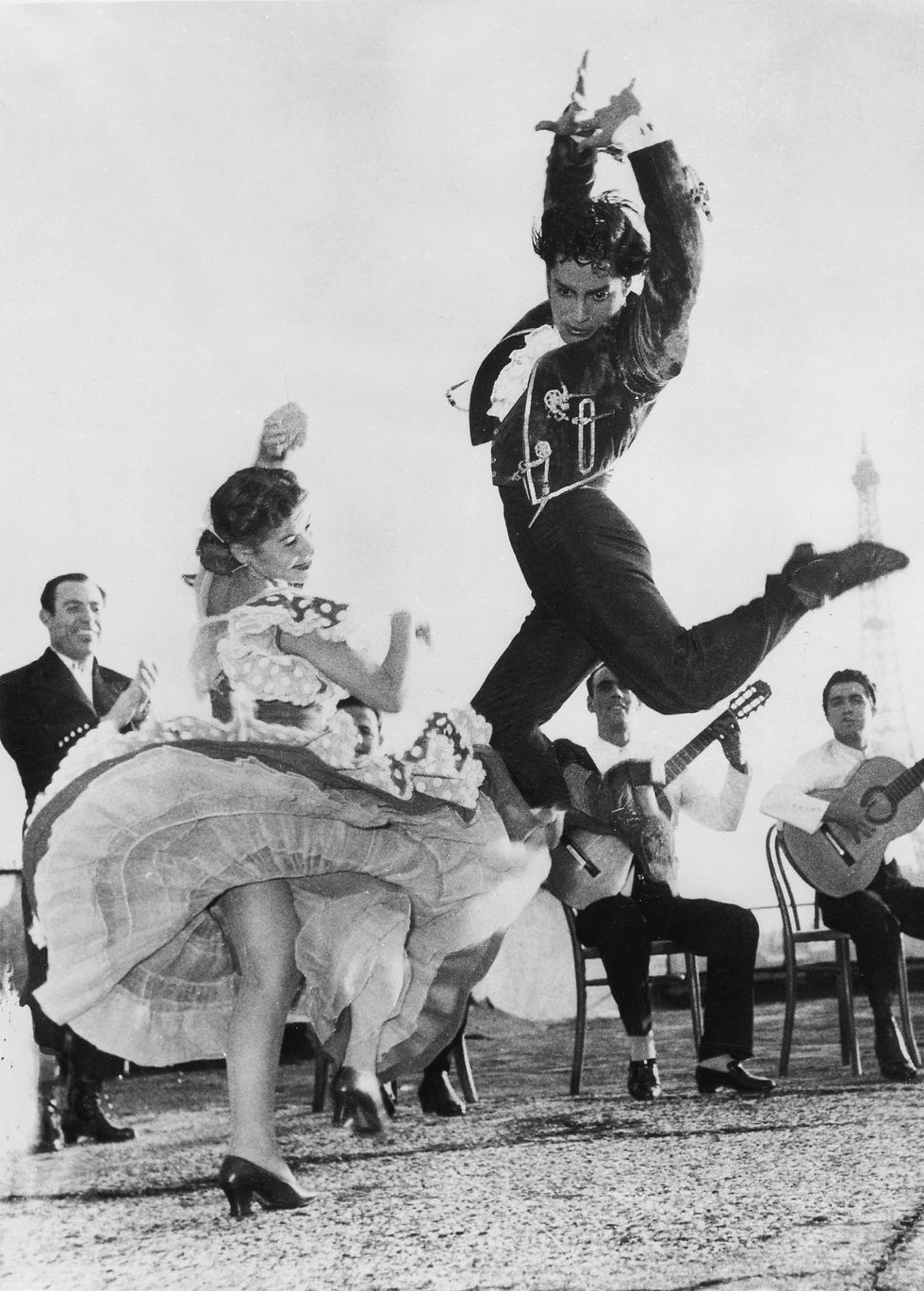Rosa & Antonio, 1951
- alanageday
- Aug 11, 2024
- 2 min read

Flamenco was both energy and sentiment; it was life, death, sorrow, destiny, passion and liberty. It was a universal language, strict yet improvised. Flamenco was an art of intensity, carried on the rhythm of the guitar and a complex flurry of percussion: the clapping of hands (palmas), the clicking of heels and fingers ((zapateados and floreos), and the infectious clacking of the maracas. Flamenco had been forged in the heat of southern Spain; it was an art form of pure passion, and a unique spectacle to behold.
Rosa and Antonio were performers from Grenada, one of the cradles of flamenco. Flamenco had been brought by the Romany gypsies, who had come to seek refuge in Spain during the fifteenth century. There they intermingled with the Andalusians, exchanging music and customs, sharing war stories of the misery and ostracism they had been victims of. Harsh laws had been imposed against the gypsies, but flamenco and bullfighting had enabled them to survive, offering an outlet for the expression and affirmation of their cultural values. Antonio had gypsy ancestry, and was proud to perpetuate their traditions. Flamenco was handed down from father to son. Rosa was an Andalusian, and flamenco flowed through her veins too. Today the dance was a widely appreciated art form, firmly rooted in Spanish culture, but in its early days flamenco was considered a subversive practice, and an incitement to debauchery. It would not be until the nineteenth century that the State sought to appropriate flamenco by channelling its performance into concert cafés and specialised venues. The idea behind this was to remove this provocative art form from the streets and squares, the taverns and the prisons.
Rosa and Antonio, who had travelled here from Andalusia, knew this story well. Today they retold it to the great delight of the Parisians seated on a cafe terrace along the Champs-Elysees. The locals were spellbound by Rosa and Antonio’s spectacular display. The speed and rhythm of their tapping was spellbinding, on the ground and in their maracas. Antonio, the bailaor, leapt high while Rosa, the bailaora, twirled her dress. The bailaor was unmistakable in his polished heeled shoes, his high-waisted black trousers, his broad belt of red fabric, his white shirt, the black bolero jacket and his Cordovan hat. The regulars applauded, and the musicians played louder. “Olé!” cried Rosa. “Bravo!” the Parisians replied in unison, expressing their enthusiasm and admiration for the two flamenco dancers. The beautiful Andalusian lady wore a white dress with frills that fluttered behind her, high-heeled shoes and a frilly silk shawl. The rhythm of the dancing was infectious, and made for a marvellous spectacle. Antonio returned to the ground, and took Rosa in his arms with powerful tenderness.
Alan Alfredo Geday



